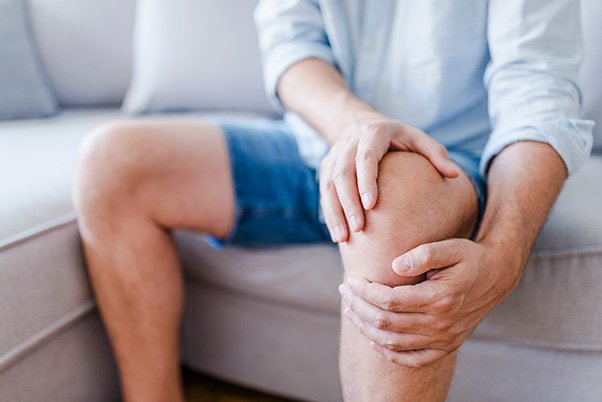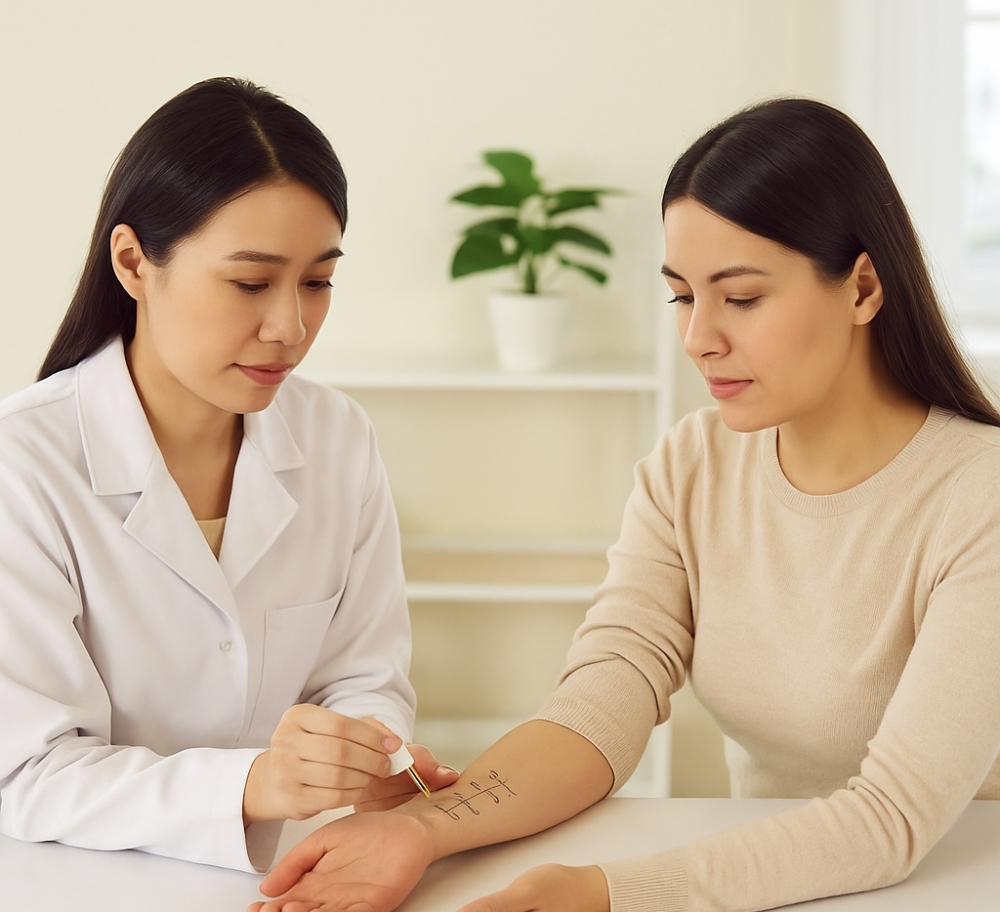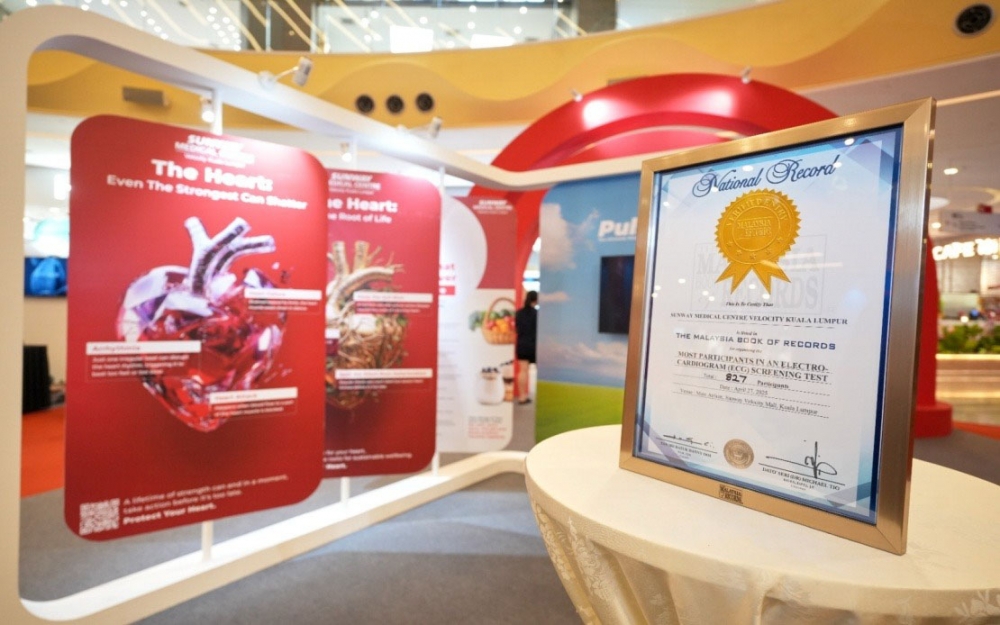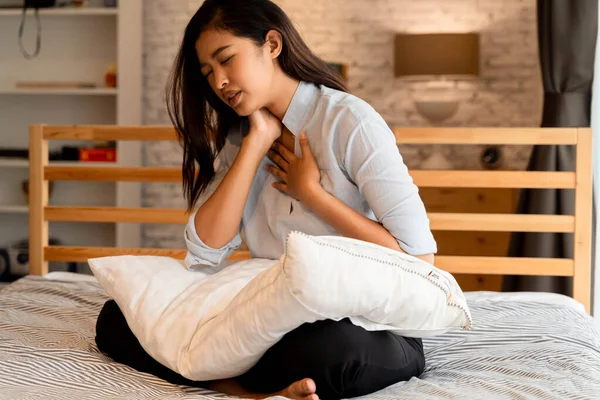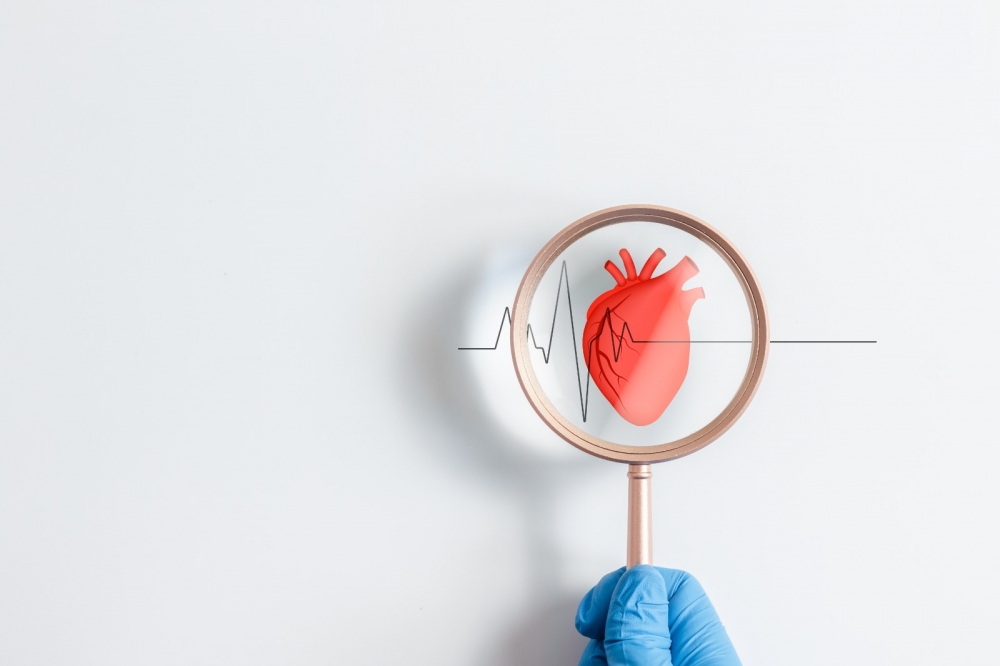Hand, Foot and Mouth Disease (HFMD): What Parents Should Know

Hand, foot and mouth disease never really left — it’s just that you may not have noticed.
HFMD cases are on the rise again, but this common childhood illness has always lingered, especially in places like daycares and schools. While often mild, it can cause significant discomfort in young children. In this article, let’s learn more about HFMD with Dr. Sangeetha, Consultant Paediatrician and Infectious Disease Specialist. Because the more we understand, the better we can protect our children, ourselves, and our community.
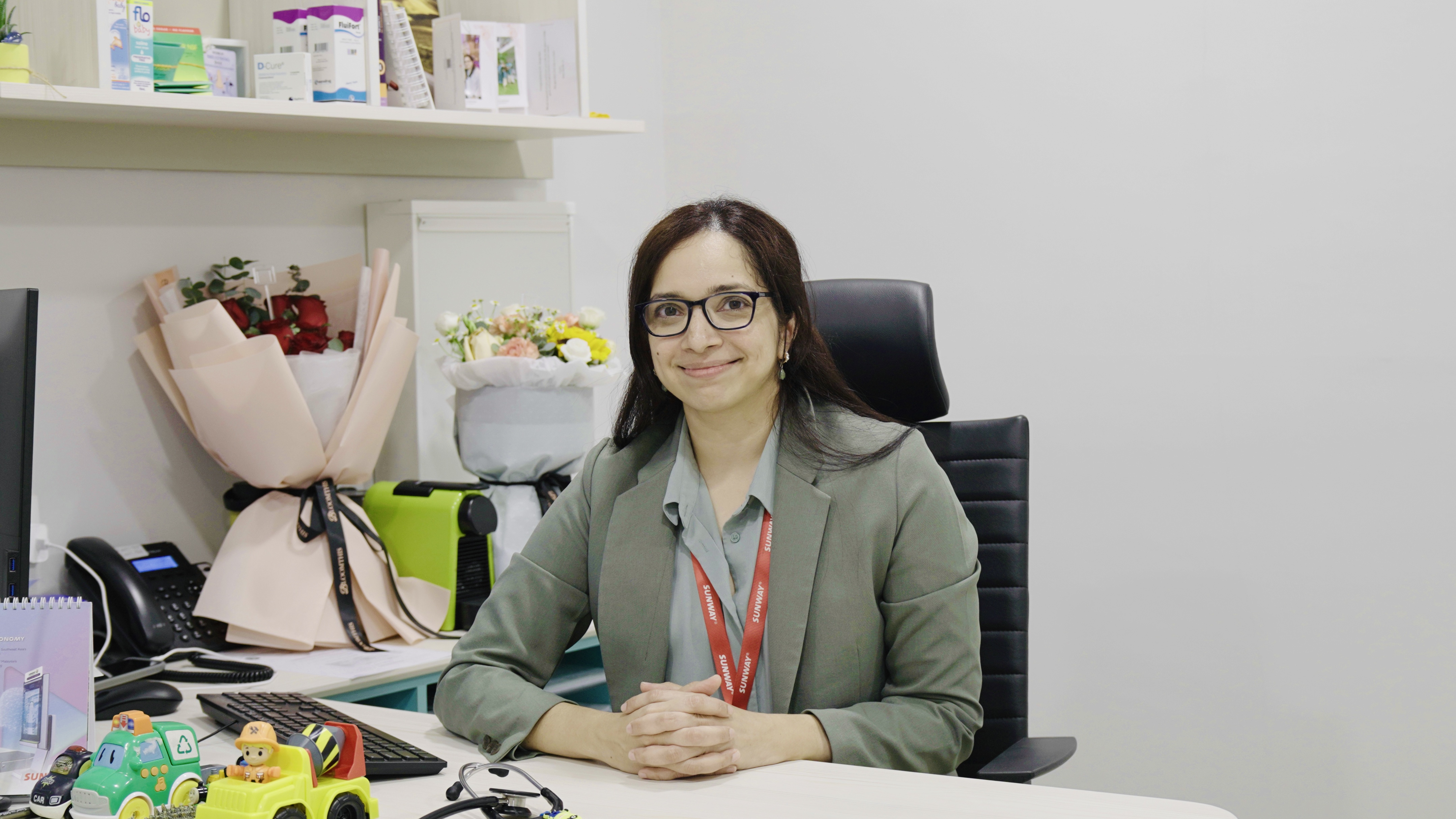
What Exactly Is HFMD? (And Why It’s Called That)
HFMD is caused by a group of viruses, most often coxsackievirus. It gets its name from the distinctive blister-like rash on the hands, feet, and mouth sores. But it doesn’t always stop there — rashes can also appear on the knees, elbows, buttocks, or genitals.
It typically affects children under the age of 5, but older children and even adults can catch it. Since different viruses can cause HFMD, it’s possible to get it more than once.
Spot the Signs Early: The Full Symptom Checklist
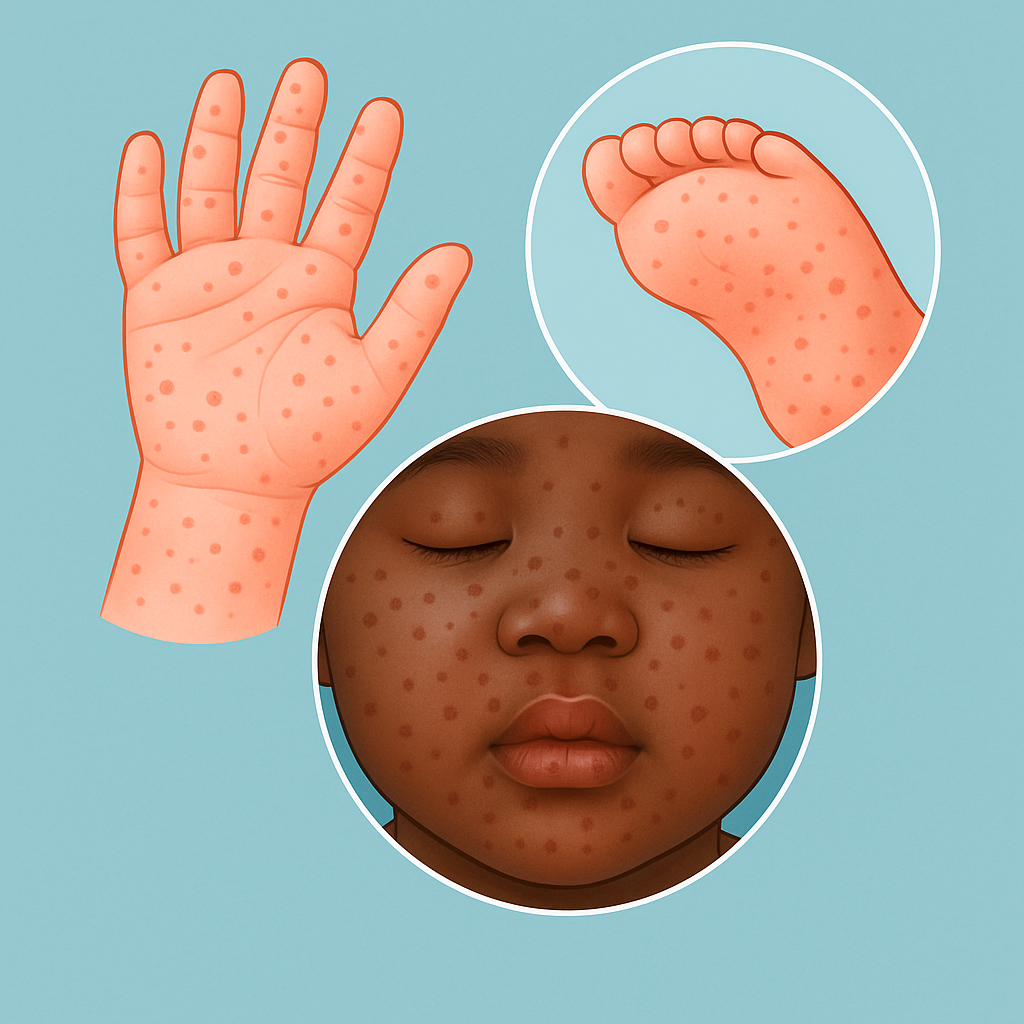
HFMD symptoms usually come in two phases:
- Phase 1: Mild fever, sore throat, runny nose, loss of appetite, general fatigue.
- Phase 2: Painful ulcers in the mouth and an itchy or blister-like rash on the hands, feet, and sometimes other areas.
Other symptoms may include swollen lymph nodes or discomfort when swallowing. These symptoms can make drinking and eating uncomfortable — watch out for dehydration.
How Does HFMD Spread? And What You Can Do to Stop It
HFMD is highly contagious. It spreads through:
- Airborne droplets from coughs or sneezes
- Contact with saliva, nasal mucus, blister fluid, or stool
- Sharing cups, toys, towels, or utensils
- Touching contaminated surfaces then touching your eyes, nose, or mouth
Kids are most contagious in the early stages — even before rashes appear. But the virus can remain in their stool for weeks.
At-Home Care That Actually Helps
There’s no cure or antiviral medication, but most children recover within 7 to 10 days. What you can do:
- Keep them well hydrated with cold drinks or ice pops
- Offer soft, bland foods (avoid citrus, spicy or salty options)
- Use paracetamol to reduce fever (consult your doctor first)
- Let them rest as much as possible
If your child struggles to stay hydrated or symptoms persist beyond 10 days, consult a doctor.
Prevention Starts at Home: Simple but Powerful Habits
You can help slow or prevent the spread of HFMD by:
- Washing hands often (especially after diaper changes)
- Disinfecting high-touch items like toys, doorknobs, and counters
- Keeping sick kids at home until they’re fever-free and blisters are dry
Wait — Can Adults Get It Too?
Yes. While less common, adults can also contract HFMD. Most have mild or no symptoms, but they can still spread it. Practising good hygiene helps reduce the risk.
when to call the or visit the doctor
Speak to your child’s healthcare provider if:
-
When child is lethargic or less active
-
They’re not drinking enough fluids
-
They have a high fever for more than three days
-
Symptoms haven’t improved after 10 days
-
Blisters worsen or look infected
-
Your child has a weakened immune system
HFMD Doesn’t Have to Be Scary — Just Understood
Though HFMD is rarely serious, it can be stressful for parents. The good news? Early recognition, proper hygiene, and supportive care go a long way.
Find the full symptom checklist, learn when to see a doctor, get expert tips for comfort and recovery, and protect your family and community — all by staying informed and proactive.
If you have questions about your child’s symptoms, visit our Children’s Health and Development Centre or consult with our paediatric specialists for reassurance and personalised advice.
KembaliSuggest to Read
